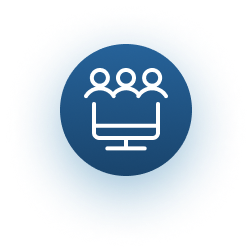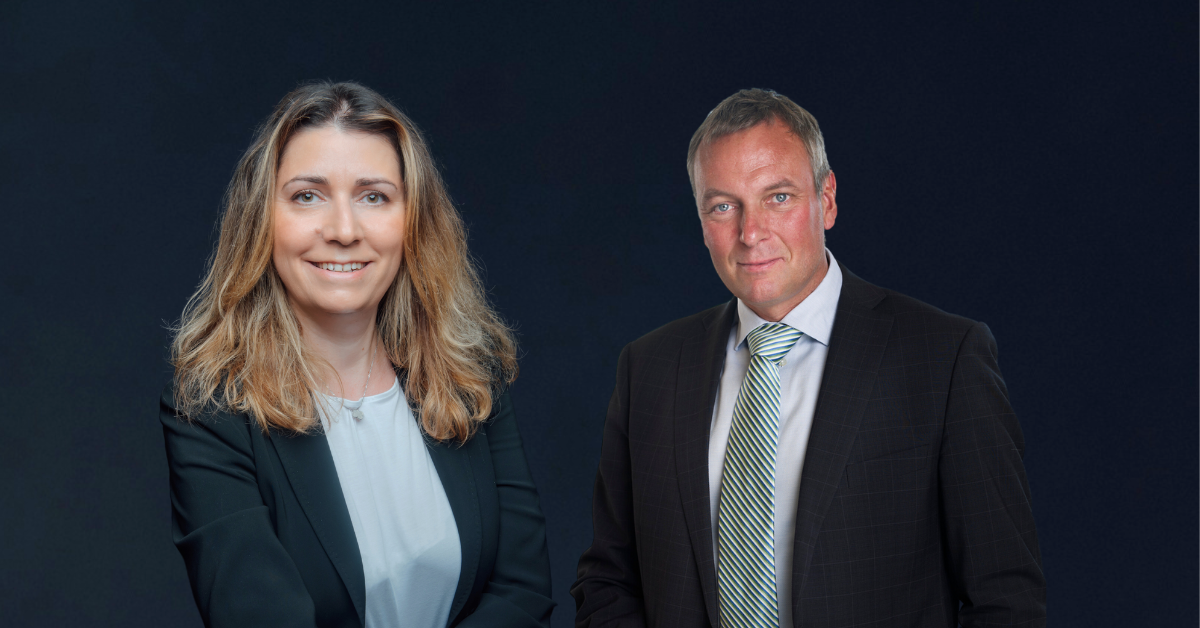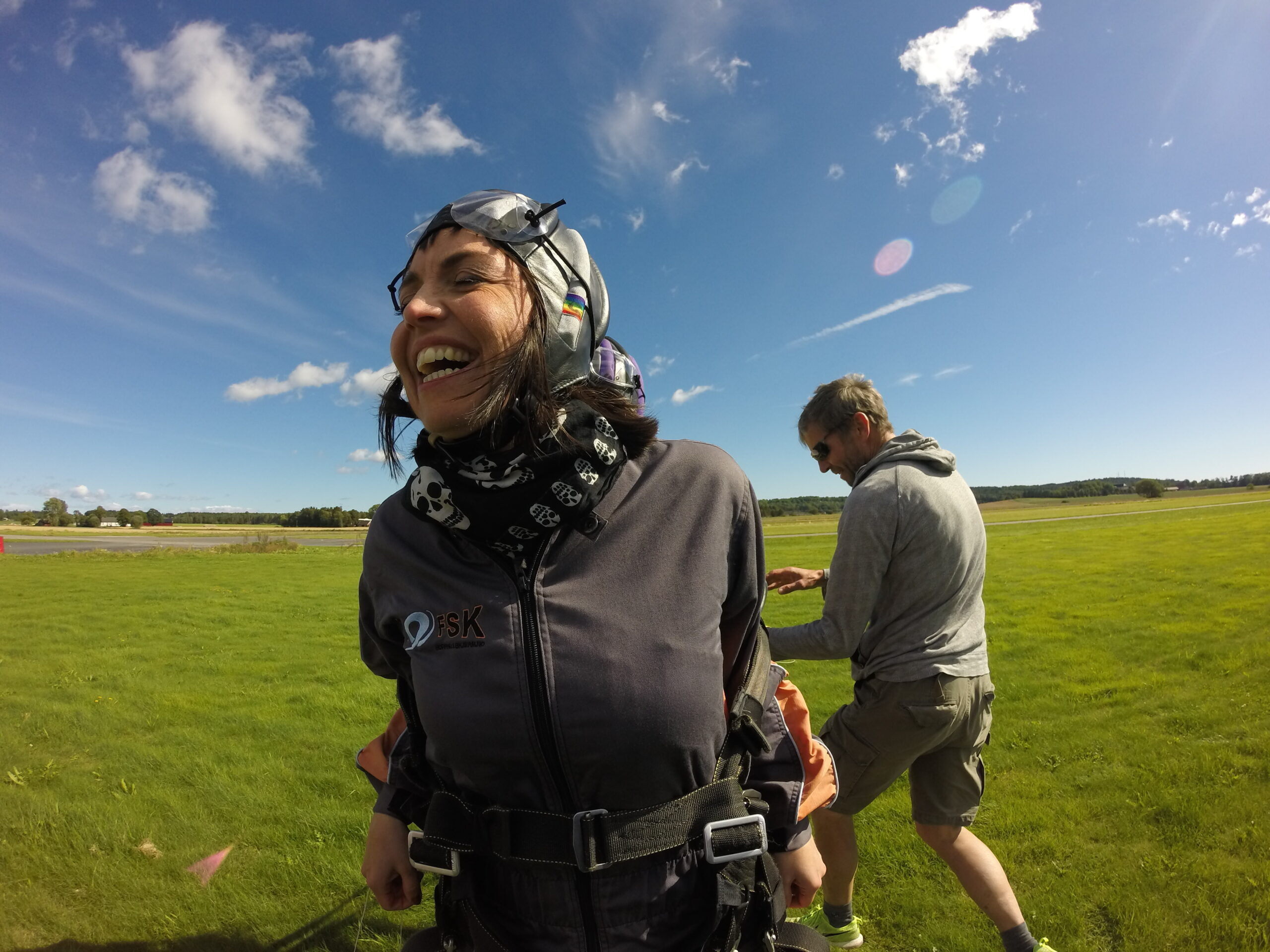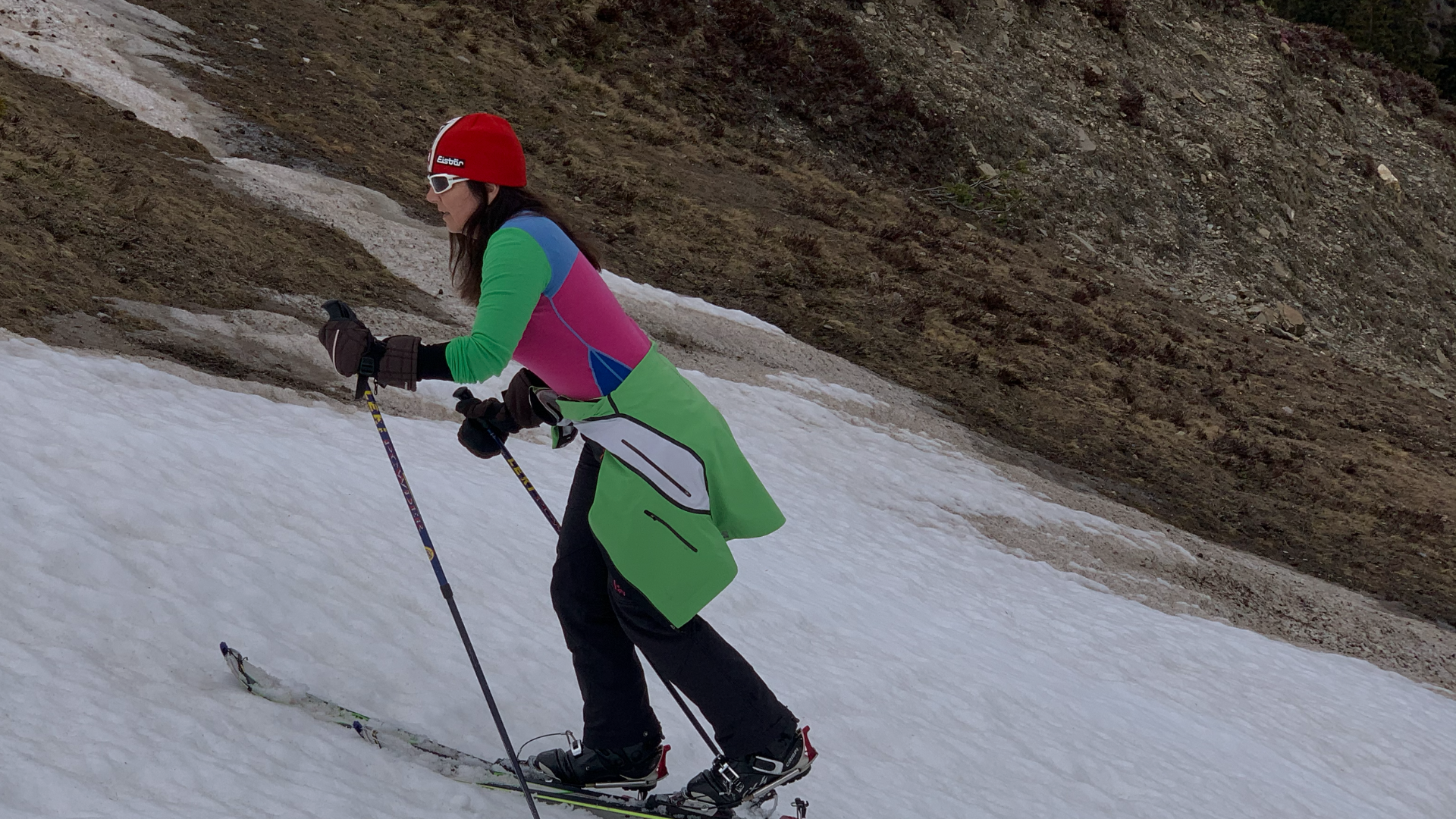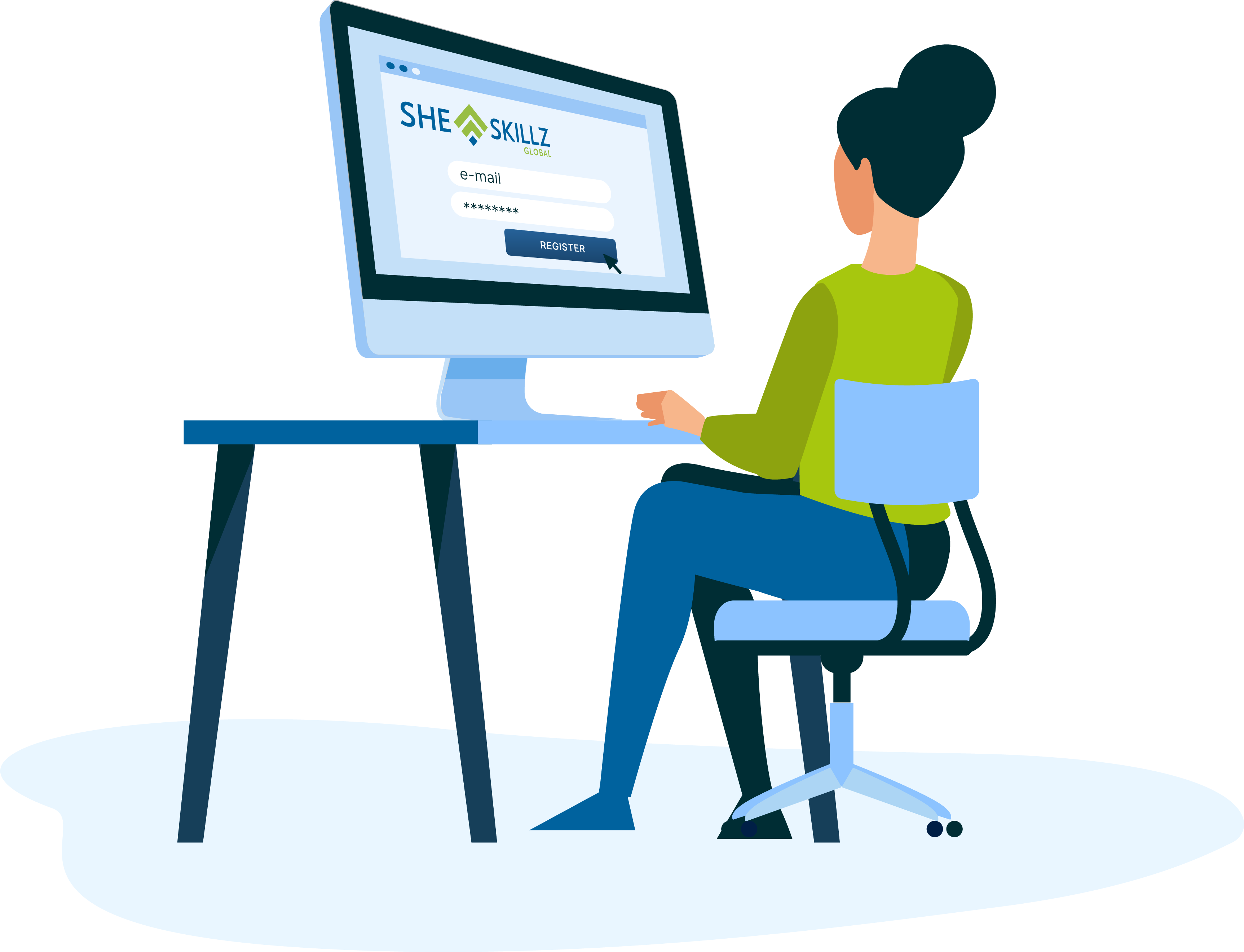The sports industry goes through cultural and professional shifts. A discussion about sustainability, leadership, diversity, and the importance of creating female role models fostering a more inclusive culture. Why a good women’s hiking shoe is not a smaller version of a male shoe…
Interview with Gina Loven – Head of Wholesale in Brav, By Guro Askheim Johnsen CEO and founder SheSkillz Global.
Why did you choose to work in the sports industry?
First and foremost, I find the sports industry to be a fantastic place to work. It’s a sector filled with passionate individuals who are deeply dedicated to both the activities and the products they are involved with. This holds true not only for my current company, Brav, but also for our competitors.
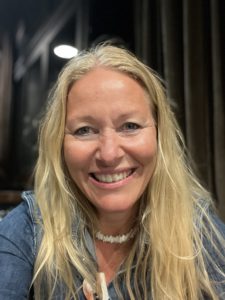
Brav is a major player in the sport and outdoor industry. We own and manage some of the most influential brands in the marketplace; Swix, TOKO Wax & Care, Lundhags – Mad about Nature since 1932, Ulvang, Helsport, and the digital platform Skisporet.no
Have you noticed any differences in the sports industry from when you started in 1991 to today?
Absolutely, I began my career in the sports industry in 1991, and back then, it was heavily male-dominated. There were very few women, particularly in the more specialized aspects of the industry, such as the ski segment I was involved in. As a woman, you had to possess an exceptional knowledge of the products to earn respect. Fortunately, today, there are many more women in the industry, which means women are taken more seriously from the outset in meetings.
Can you share how you initially entered such a male-dominated industry in 1991?
It was quite serendipitous, actually. A friend of mine, Bente Skari (formerly Martinsen), had a father who was the agent for Fischer skis, and he offered me a job. Martinsen taught me the fundamental principles of the sports industry, many of which I still follow today. I owe a significant debt of gratitude to Odd Martinsen for my career in this industry and everything I’ve accomplished.
What’s your perspective on the shift in culture and the increased presence of women in the industry today?
The sports industry has evolved into a more professional sector today. I’m now working for a larger company, and while some aspects have changed, the importance of maintaining dialogue with customers and fostering common understanding in business relationships remains consistent. In the past, it consisted of smaller stores, but today, the industry has grown with the emergence of larger retail chains.
Is the sports industry actively seeking to include more women in leadership positions?
I can’t speak for all companies, but within the company I work for Brav, we’ve actively sought to recruit women. We recognize that there’s a gap, particularly in product development for women’s sports products. In my previous job, I advocated for the idea that women’s shoes should not merely be smaller versions of men’s shoes. This led to some intense discussions, as some believed it would be more costly. However, they ultimately listened to my advice, and we saw significant success in women’s shoe sales.
How often do you see female CEOs or female store managers in the sports industry?
Unfortunately, there are still too few women in leadership positions across the board, with slightly more representation as store managers. I can recall a female leader at Devold of Norway and a female CEO at Swix in the 1990s. There was also Hilde Midthjell, the former owner of Dale of Norway. However, the numbers are far from ideal. While there are more women in the industry today, they tend to occupy roles in design, customer service, sales, and support functions. There’s still a lack of women at the top, and this is an area that requires attention and improvement.
Why do you think there’s a scarcity of women in top leadership positions, and why aren’t they given more opportunities?
I believe it’s largely a cultural issue. There needs to be someone who breaks through and demonstrates that it’s possible for women to excel in leadership roles. However, women also need to be entrusted with the confidence and support to succeed. Success stories are crucial in this regard. Unfortunately, the short tenure of the female CEO at Swix didn’t provide enough time to establish such stories.
When a female executive departs from a company, it often garners more attention and discussion, primarily because there are so few women in these roles. The scarcity of women in the industry is a contributing factor to this phenomenon. Given its historically low educational requirements, it’s strange why there aren’t more women in the sports industry. It’s been an industry driven by interest, but it also demands a willingness to take risks, especially for those starting sporting goods stores. Historically, men have been more risk-averse in this regard.
In terms of professionalism, there’s still work to be done. Not too long ago, merely playing football at a lower division was considered sufficient qualification to work in a sports goods store. This is changing, especially with larger corporate structures demanding higher levels of professionalism. However, the old culture persists.
Do you think men in the industry fear losing their power, given their prominent roles in sports organisations?
I believe that men have traditionally recruited other men. The sports industry has always involved a certain level of risk, and many have gone through periods of financial uncertainty. The shift from discussing trivial matters like the placement of zippers on jackets to focusing on financial aspects and creating value for customers, companies, and end-users is taking place but at a slower pace. This is partly due to the industry’s historical lack of professionalism.
I was educated at the Norwegian Sport University (Norwegian School of Sport Sciences (NIH)). Have you seen efforts by the sports industry to recruit talent from such institutions?
Internal recruitment has been a common practice in the sports industry, where individuals often start in retail stores and gradually progress through the ranks within a company. Surprisingly, companies struggle to recruit specific talent, such as product development experts. Working with sports equipment design and development should be appealing to those interested in the field.
There’s a notable focus on the transition of former elite athletes to new careers after sports. However, it seems that men are more often recruited for roles in sports media and industry, ski testers etc. What’s your perspective on this?
We do have a former female elite athlete, Kristin Størmer Steira, as our “customer service” manager. She participated in the Olympic games in cross-country skiing. I know as a former skier myself, that being able to achieve medals in the Olympics requires a massive amount of structure, self-control and willingness to go far to get results – I wanted that same culture in Brav, and in addition I found Kristin as a great leader for the team in customer service – a very good recruitment !!
It might also have to do with personality; some former athletes may be better suited for roles like commentators while others may not. Success in these roles also depends on an individual’s capability and willingness to take risks. Men are often more willing to jump into such opportunities with varying degrees of success.
What responsibility does the sports industry have in creating female role models for everyone, including elite athletes?
We do have a responsibility in this regard. For instance, in TOKO Wax & Care and Swix, we actively seek female testers for our racing service. However, this role often entails extensive travel, which may not appeal to many women. Changes in travel structures are needed to accommodate the needs of both athletes and the support team, regardless of gender. Younger men today may also prefer less time away from their families. To assert themselves as the world’s best female athletes, we need more female testers and support staff.
Creating role models and fostering a more inclusive culture is essential. Elite sports have been historically male-dominated, and that has influenced recruitment practices. Women need to be given the opportunity to shine, and this requires a cultural shift. We need more gender diversity at all levels, from managers to leaders.
Do you believe women who could potentially excel in the sports industry are being overlooked?
Yes, I do. It often comes down to who is being asked. Many job announcements and recruitment materials inadvertently target men more than women. It’s critical to change this and actively seek out talented women. Who might not traditionally consider the sports industry. But it is also critical that women rase their hands and stand out to be visible for recruitment.
What are your thoughts on SheSkillz Global’s mission to create a world where talent has no gender, and how can companies like BRAV contribute?
I think what SheSkillz Global is doing is commendable. At Brav, we have today more than 50% share of women in the management. This affects the choices we make, including the images we use and how we represent ourselves. The composition of the top management team sets the tone for the entire organisation. We need more companies to make conscious decisions to promote gender diversity. I’ve seen our company transform from a group of like-minded men in their 50s to a more diverse and inclusive team. Change begins at the top, but it must also be reinforced throughout the organisation.
Many people believe that gender equality reports don’t apply to their industry. How can platforms like SheSkillz Global and increased media attention help drive change?
It’s essential to recognise that gender equality is an issue across all industries, including the sports industry. Reports and data should serve as a wake-up call. SheSkillz Global and similar platforms can play a crucial role in accelerating change by connecting talented women with opportunities and highlighting the need for gender diversity in leadership. Media attention also brings these issues to the forefront and encourages more companies to take action.
What advice would you give to women seeking a career in the sports industry?
There are several factors to consider, but the most important is finding a role that brings you joy and a sense of purpose. In our industry, you have the opportunity to work with brands, and it’s easy to become passionate about the products you represent. When recruiting, I often find that men who have a personal connection to a brand are particularly enthusiastic about working with it.
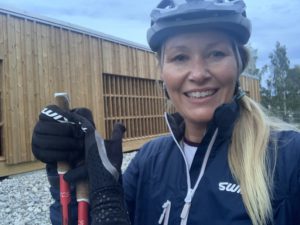
My advice is to have the courage to pursue a career in the sports business. It’s incredibly rewarding to witness the positive impact our products have on people’s lives. We wake up every day eager to compete against our competitors and, more importantly, to contribute to making people being more out in nature and physically active. Additionally, the camaraderie among colleagues who share a passion for sports is priceless. During lunch breaks, for instance, we often engage in discussions about various training philosophies, which adds depth to our work beyond just the paycheck.
If you had to choose between a high salary and a manager who prioritises your development, what would you choose?
I would choose to have a manager who prioritizes my development. In the long run, such development often leads to higher salaries. It’s also crucial to find the right level within the organization where you can thrive. Being in the wrong position can lead to dissatisfaction, regardless of the salary.
BRAV and its owner, Ferd AS, have a strong focus on sustainability. How does this commitment make the company appealing to work for?
We take great pride in our commitment to sustainability, such as our decision to eliminate fluoride from our ski waxes, even though it was costly. Not many companies were willing to take that step, but it garnered significant attention and positively impacted our brands. We made these choices long ago, and it’s encouraging to see that our overall sales haven’t suffered. We’ve gained recognition for our brands’ sustainable practices. True sustainability requires an owner like Ferd, which thinks long-term and understands that sustainable choices can also be financially wise. Our commitment extends beyond the environment; we also focus on the well-being of people. Producing products that promote health and outdoor activities is, in itself, a sustainable endeavour. Encouraging people to spend more time in nature has far-reaching benefits. I take pride in the fact that we make such responsible choices.
Is BRAV a suitable company for individuals interested in sustainability?
Absolutely, Brav welcomes individuals who are passionate about sustainability, even if they may not be avid sports enthusiasts. Our Sustainability Manager, Verena Swanson (Kolb), deeply committed to sustainability.

She focusses on the need to focus on specific areas to create meaningful change rather than spreading efforts too thinly. Brav’s approach to sustainability is about making impactful choices, not only “greenwashing”. We genuinely strive to make a positive difference, not only for the environment but also for people’s well-being.
What’s the difference between working in an international company versus a national one?
At Brav, we are open to bringing people to Norway and sending them abroad. This international exposure can be valuable for personal and professional growth. Approximately 90% of our meetings are conducted in English, highlighting the global nature of our work.
Working in an international company also offers exposure to a diverse range of nationalities and cultures. At our head office in Oslo, for example, we have employees representing 15 different nationalities. This diversity enriches the workplace and brings new perspectives. National companies, on the other hand, tend to reflect the cultural norms and values of their home country more closely. When choosing to work for an international Norwegian company, it’s important to be mindful of and respect these cultural differences. At the same time, people from other countries must understand they work for a Norwegian company based on Norwegian culture.
What is good leadership for you?
In my view, good leadership involves setting clear direction while maintaining transparency. Good leadership is also to be able to excite people. It’s about delegating responsibility rather than micromanaging and ensuring everyone understands the organisation`s goals and objectives. CEOs, I and the other leaders in the CEOs team must consistently communicate these priorities, as repetition is key. Leadership also entails empowering team members and trusting them to excel in their roles.
Do you believe the sports industry should align with SheSkillz Global’s vision of creating “A world where talent has no gender?
Absolutely, I support ‘s vision wholeheartedly. We’ve seen the positive impact of promoting gender diversity within our own organisation. Companies that have more women in leadership positions tend to perform better financially. No single entity can single-handedly change the world, so joining a company where women have already paved the way is a wise choice.
Current female leaders in the industry also need to understand their role in supporting and mentoring the next generation of women and not only focus on their own careers. Gender diversity should be a priority across all levels, from managers to top leaders.
Founder and CEO for SHESKILLZGLOBAL
-
Guro A. Johnsenhttps://sheskillsglobal.ch/author/guro-johnsen/
-
Guro A. Johnsenhttps://sheskillsglobal.ch/author/guro-johnsen/
-
Guro A. Johnsenhttps://sheskillsglobal.ch/author/guro-johnsen/
-
Guro A. Johnsenhttps://sheskillsglobal.ch/author/guro-johnsen/





